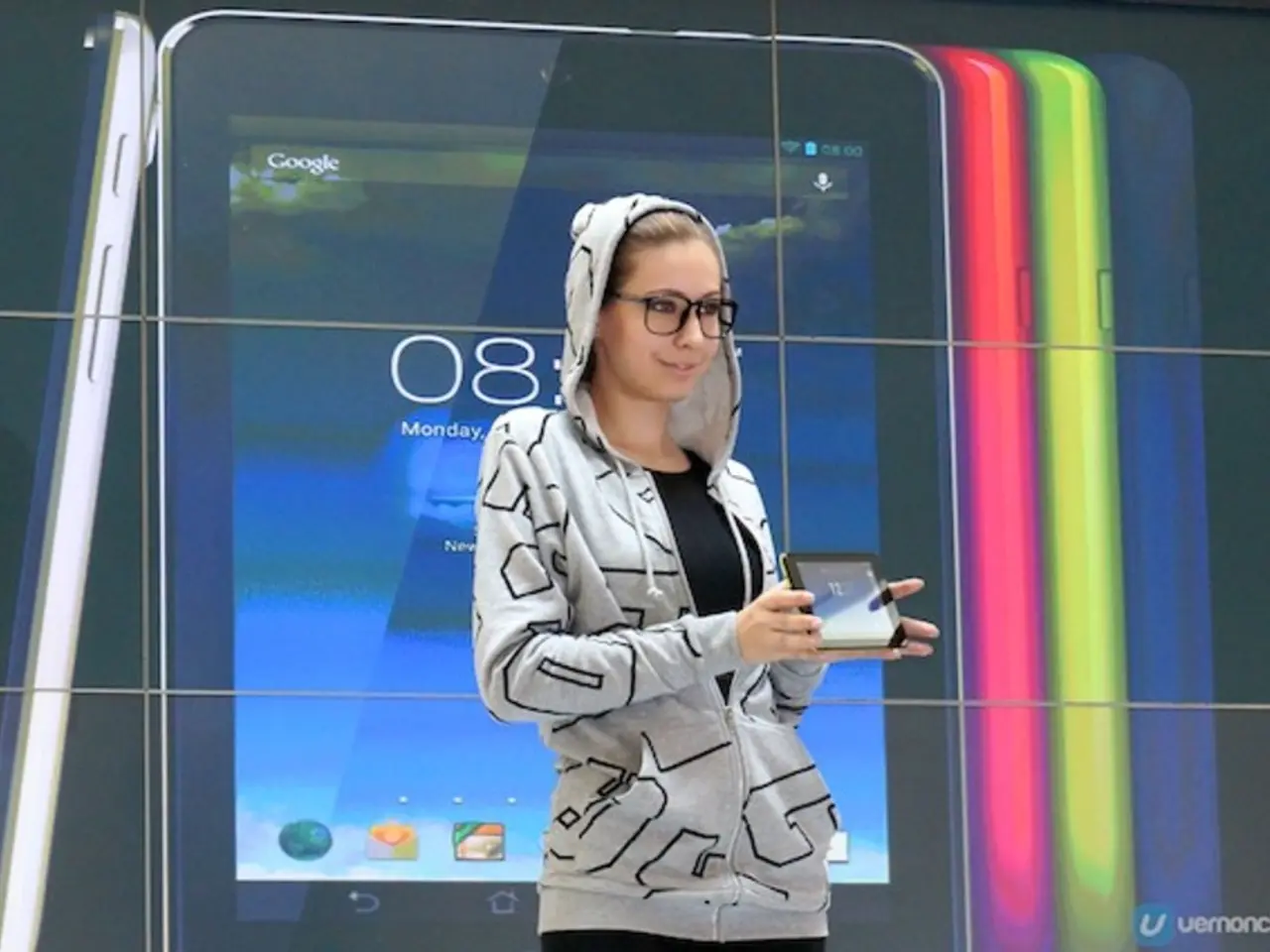Tech visionaries, in numbers too small to notice, hold the potential to alter the global landscape, yet choose to refrain from making significant moves today.
The world of Information Technology (IT) is on the brink of a significant change, as discussions surrounding the standardization of user-adjustable features in IT settings menus gain momentum. This shift aims to create consistent and user-friendly interfaces that cater to the needs of a diverse user base, addressing long-standing accessibility issues and improving overall efficiency.
### A Historical Evolution
The journey towards standardized IT settings menus began with the use of physical switches and jumpers on mainboards and expansion cards. As technology advanced, BIOS setup utilities emerged, offering interactive menu systems during system startup. Today, modern operating systems and software applications provide user-friendly graphical interfaces for managing preferences, eliminating the need for technical expertise.
### The Advantages of Standardization
The proposed standard for IT would bring about several benefits. First and foremost, standardized menus would improve the user experience by providing a consistent and intuitive interface, reducing complexity and confusion. This would be particularly beneficial for individuals with disabilities, as it would enhance overall system usability.
Standardization would also facilitate faster setup and configuration, which is crucial in enterprise environments where consistency is essential for security and management. Moreover, it would prevent the need for app developers and website designers to reinvent the wheel for each new device or system, promoting efficiency and innovation.
### The Proposed Standard
The proposed standard would define common user-adjustable features, their locations in the Settings menu, and a common data structure to store them. This standard data structure would allow apps and websites to instantly know how to be optimally usable for each individual, without complicating their own UI.
### The Key Players
The ten people who have the power to make IT better worldwide are those who sign off on the Settings menus at Apple, Google, Microsoft, Samsung, and Sony. Their collaboration could pave the way for this "one small step to a more civilized world."
### The Future of IT Standardization
The benefits of a standard data structure in IT are similar to the benefits of standard control layouts in cars and consumer electronics, which have led to quick and efficient use of new purchases. However, the standard for IT is currently hindered by historical baggage, the desire to differentiate, and neglect of accessibility.
By overcoming these obstacles, IT can take a significant step towards enhancing accessibility and efficiency for all users. This standard could save time and reduce errors for everyone when setting up a new device or using a shared or public system, making the digital world a more user-friendly place for all.
- As more people use smartphones and other mobile gadgets equipped with AI technology, the standardization of IT settings menus becomes increasingly relevant for security reasons, ensuring that users can easily manage their privacy settings and protect their data.
- The proposed standard for IT may lead to the development of advanced AI systems, as standardized menus would enable such AI to access and optimize user preferences consistently across various devices and applications, improving efficiency and innovation.
- The collaboration among key players, such as Apple, Google, Microsoft, Samsung, and Sony, in implementing this standard data structure for IT settings could ultimately result in a more secure and user-friendly technological landscape for mobile devices, smartphones, and other digital gadgets worldwide.




